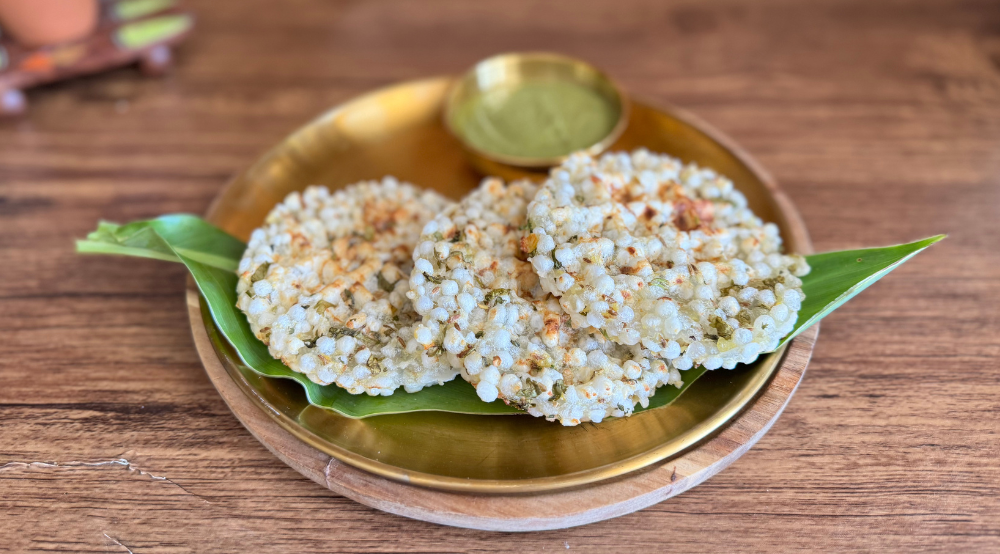Discover the Timeless Art of Cooking on a Mud Chulha: Embrace Tradition and Flavor
BlogsAugust 27, 2024

In today’s world of cutting-edge technology and sleek kitchen gadgets, the simple, traditional method of cooking on a mud chulha might seem like a relic of the past. However, this ancient technique is not only a fascinating nod to our culinary heritage. It also serves as a testament to the enduring charm of simplicity.
Let’s delve into why cooking on a mud chulha remains a beloved practice. We’ll explore how it continues to offer rich flavors and practical benefits.
The Timeless Charm of the Mud Chulha
The mud chulha is more than just a cooking tool; it’s a symbol of sustainability and cultural heritage. Crafted from locally sourced clay, this traditional chulha mud stove reflects a profound respect for natural resources. It also stands as a testament to time-honored practices.
Unlike modern stoves powered by gas or electricity. The Indian mud chulha relies on renewable biomass fuels like wood, cow dung, and crop residues. This eco-friendly approach is not just nostalgic; it aligns seamlessly with today’s environmental values. It clearly showcases how age-old methods can contribute to sustainability.
A Culinary Ritual with Deep Roots
Cooking on a mud chulha is an immersive experience steeped in cultural significance. From molding the clay to setting up the fire, every step in preparing a chulha mud stove reflects time-honored techniques passed down through generations. This hands-on process creates a powerful connection to our ancestors and transforms meal preparation into a cherished ritual. Each dish cooked on a mud chulha tells a story, honoring the legacy of countless cooks who have embraced this method.
Unique Flavors that Tell a Story
One of the most magical aspects of using a mud chulha is the extraordinary flavor it imparts to food. The indirect heat and smokiness from burning natural fuels create a distinct, earthy taste that modern stoves can’t replicate. This unique flavor profile enriches the sensory experience of eating, offering a delightful contrast to the uniformity of contemporary cooking appliances. The slow, gentle cooking process of the mud chulha allows flavors to develop more fully, making every meal a deeply satisfying experience.
A Mindful Cooking Experience
Cooking on a mud chulha encourages a mindful approach to food preparation. Unlike gas stoves with precise temperature controls, the chulha requires careful management of the fire and heat. This engagement fosters a deeper appreciation for the cooking process and promotes a sense of presence and patience. Tending to a mud chulha can be a meditative practice, offering a break from the rapid pace of modern life and a reminder of the joys found in simplicity.
Practical Benefits and Allergen-Free Cooking
Beyond its cultural and sensory appeal, the mud chulha offers practical benefits. Using locally available, renewable fuels reduces reliance on imported resources and lowers environmental impact. For families dealing with food allergies, cooking on a mud chulha can be an allergen-free option, as traditional methods often avoid processed ingredients associated with allergens. This makes it a safe and natural way to prepare meals, minimizing the risk of cross-contamination.
Preserving a Precious Tradition
Despite its numerous advantages, the mud chulha still faces challenges in the modern world. As urbanization spreads and the prevalence of modern appliances increases, these developments threaten to overshadow this traditional method. Nevertheless, there is a growing movement to preserve and celebrate these ancient practices. By highlighting the mud chulha's role in cultural heritage and sustainability, we can foster a greater appreciation for its enduring value.
Conclusion: Embrace the Richness of Tradition
Cooking on a mud chulha is not merely about preparing food. It’s about embracing a tradition that offers timeless lessons in sustainability, flavor, and mindfulness.
As we navigate a complex and fast-paced world, the mud chulha serves as a poignant reminder of the enduring value of simplicity. It highlights the deep connections we have with our cultural roots.
By celebrating and preserving such traditions, we honor the past. We also enrich our understanding of the practices that continue to shape our lives.
Explore our Traditional Allergen-Free Recipes for a taste of culinary heritage with modern allergy-friendly twists!
Frequently Ask Questions (FAQs)
A mud chulha is a traditional clay stove used in rural South Asia. It works by burning biomass fuels like wood, cow dung, or crop residues. The chulha's design allows for efficient heat distribution and a unique cooking experience.
Firstly, cooking on a mud chulha offers distinct flavors due to its indirect heat and smokiness, which can significantly enhance the taste of food. Additionally, unlike modern appliances, it requires manual management of the fire and heat, thus promoting a more mindful cooking process.
The mud chulha uses renewable biomass fuels, reducing reliance on non-renewable energy sources. This method aligns with sustainability principles, minimizing environmental impact and supporting self-sufficiency.
To adapt recipes, consider the chulha's slow cooking process and indirect heat. You might need to adjust cooking times and methods, such as using cast iron pots or adjusting the heat source to achieve the desired results.
Yes, safety is important. Ensure proper ventilation to avoid smoke inhalation, manage the fire carefully to prevent accidents, and use appropriate fuels. Regular maintenance of the chulha helps ensure its safe operation and longevity.



(1).png)




.png)



